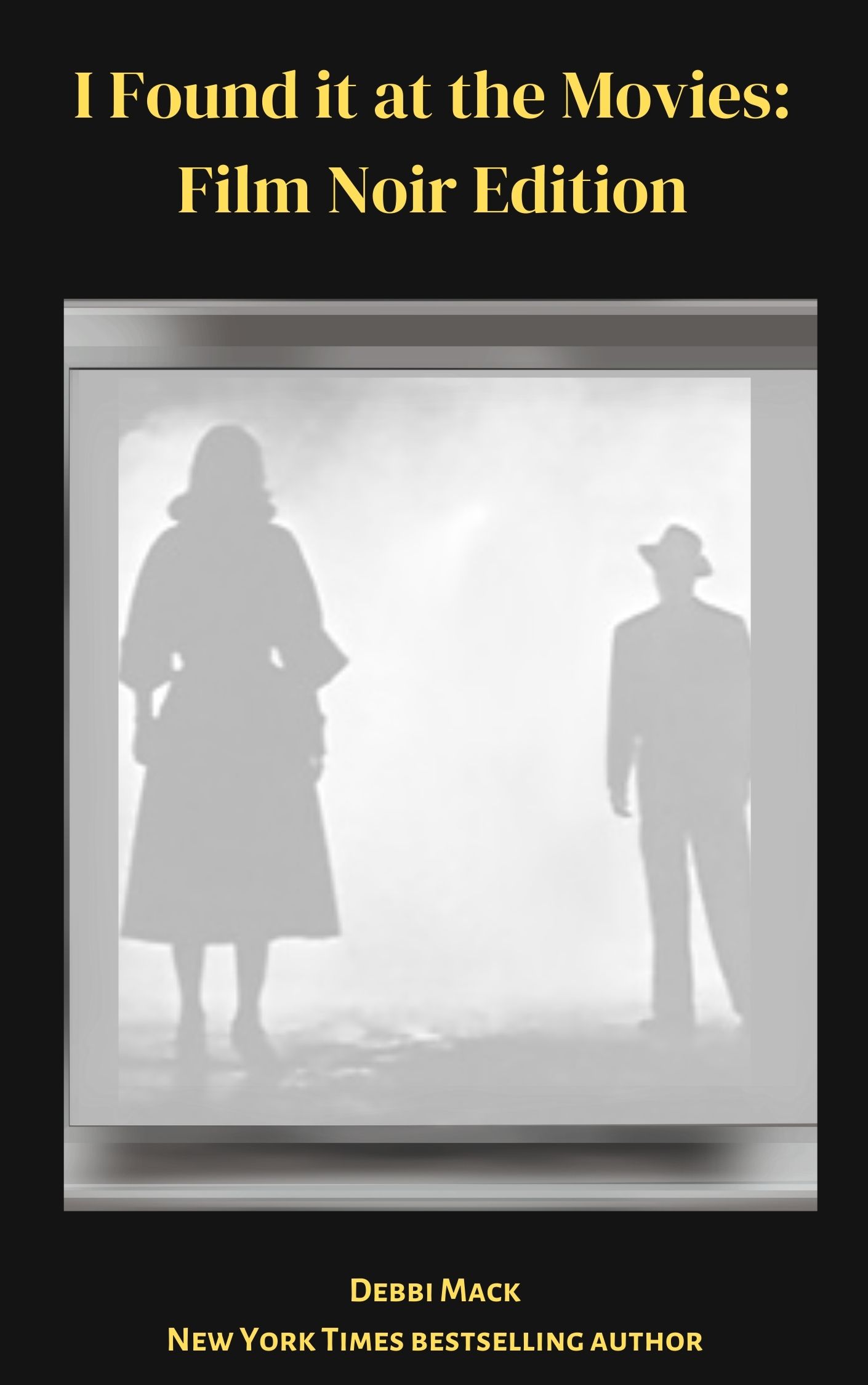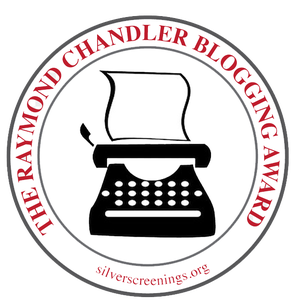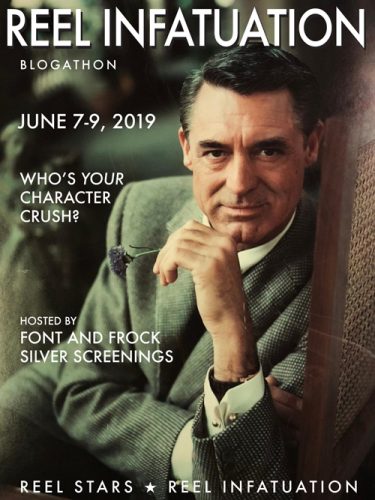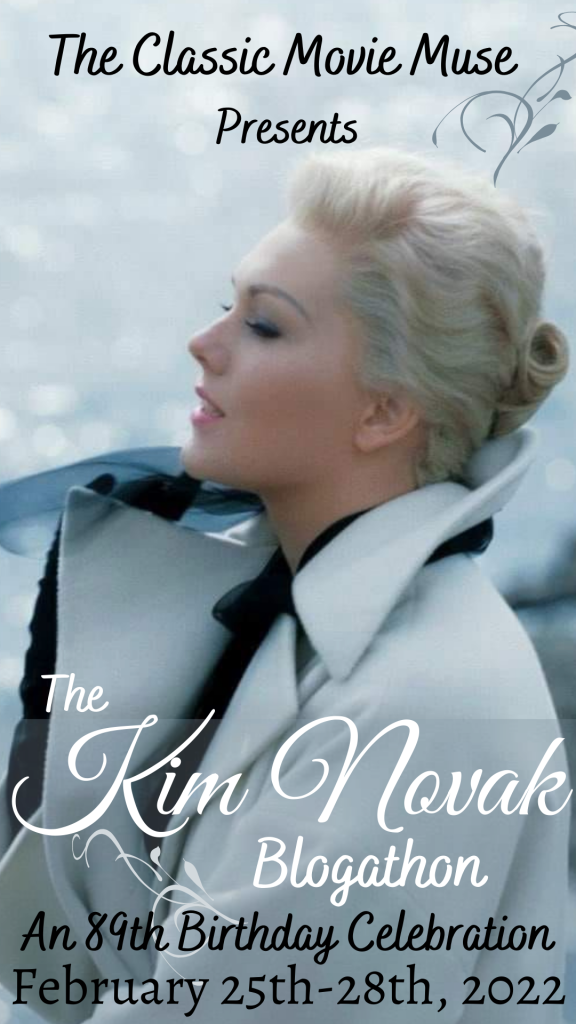Warning: This rambling review is actually an outline of the movie I wrote for a screenwriting class. So, if you don’t want to read spoilers, DO NOT read this review (or whatever it is). If you’ve seen the movie and would like to revisit it, then here you go! 🙂
The hero (Hannay) is at a theatre performance of Mr. Memory, who claims to know everything. During the show, a melee ensues and a shot rings out. Hannay goes home with a strange woman (God knows why exactly) who reveals that she’s a freelance spy (aka, agent) and that she fired the gun to create a diversion, because she’s being followed by men who want to kill her to keep her from thwarting their plans to smuggle information out of the country. She mentions the 39 Steps, an evil man with a missing part of his finger, and that she needs to meet a man in Scotland. But doesn’t tell him anything else.
In the middle of the night, the woman stumbles into the room where Hannay’s sleeping with a knife in her back and a (rather convenient) map in her hand. Now, Hannay has to get out of there.
Hannay uses a clever lie to escape the killers and catches a train to Scotland. However, when the body’s discovered and Hannay’s disappearance is in the newspapers, he grows increasingly anxious about getting caught by the police (who he figures probably won’t believe his story). He hides out with a farmer, who has an unhappy wife who likes Hannay. Then, about the time the (very paranoid and devout) farmer accuses his wife of adultery with Hannay, the cops show up. Hannay pays the farmer not to give him away, but the farmer double-crosses him. So Hannay has to keep running.
There’s a big chase scene, where the police chase Hannay over the Scottish moors. But Hannay makes it to a house, which was (conveniently) circled on the map. And, since it’s a Hitchcock movie, there’s a big party going on at the house, and the head of the house is a distinguished citizen. The housekeeper convinces the police that no stranger has come by. However, after the party breaks up, it turns out that the distinguished citizen is missing part of his finger, i.e., he’s a very, very bad man.
The bad man shoots Hannay, who’s saved by his Bible. Hannay tells the local sheriff what happened in the house. And the sheriff assures him it’s all good. But then, he turns Hannay over to two men who claim to be policemen. Double-crossed again!
So, Hannay makes a break for it and runs into a big political rally, where he’s mistaken for the candidate. And Hannay kind of rolls with it, telling a rambling funny speech to buy time. And the crowd goes wild and mobs the stage. But then, Hannay cedes the podium to the real politician. And a woman and a man take Hannay away, while he tries to convince them to call Canada, because terrible spy stuff is going down.
Then, the alleged police tell the woman that she has to come with them and Hannay. But eventually, Hannay realizes, “Hey, these guys aren’t police.” And through cleverness and resourcefulness, Hannay escapes again. But not before being handcuffed to the woman.
Hannay and woman (whose name I never heard) find refuge at an Inn where the proprietors mistake them for a newly-married couple, who are “so terribly in love.” In the middle of the night, the woman manages to pull her hand from the handcuff (ouch!).
But before she can leave, she overhears the two men talking on the phone and confirming Hannay’s story. Then, when the men talk to the male proprietor, who almost spills the beans, his wife comes along and chases the two men out. Because she doesn’t want to rat out that nice young couple.
At this point, Hannay finally has someone on his side–the woman, yeah. And they go to the Palladium Theatre in London, because the man with the crap finger must meet the two men there. Hannay’s in the audience when Mr. Memory is introduced. And he realizes that Mr. Memory has the information the spies want to get out of the country. But, the villain and the police are both after Hannay. Fortunately, the police get to him first.
Before he’s taken away, Hannay shouts out “What are the 39 Steps?” to Mr. Memory, who then tells everyone it’s a secret organization of spies. But he’s shot before he can reveal the information.
So, they take Mr. Memory backstage, and he tells them the information before he dies. But no one was taking notes, so … so much for that. 🙂
But Hannay is in the clear, and he has a girlfriend–whatever her name may be.
This movie is awesome!





























I’ve seen the movie many times. Big Hitchcock fan. Had the great pleasure of meeting him twice while I was in film school. He was always pushing the envelope with his films – like in The 39 Steps – during a scene while Hannay and the woman are handcuffed together and hiding out/sharing a room at the inn – while she’s straightening her stockings and his hand is brushing along her leg. Quite risque for a film at the time. Also, your reviews are very good and very detailed – but the point of a movie review – for those who’ve never seen the film – is NOT to give away everything. You might want to post a SPOILER ALERT disclaimer at the top for someone who hasn’t seen this one. After your review – no matter how much you loved it – they might no longer feel the need.
LikeLike
You must have missed the italicized spoiler alert posted right in the beginning!
LikeLike
I did. Apologies.
LikeLiked by 1 person
No problemo! 🙂
LikeLike
“39” is one of my favorite films. In spite of Donat brushing Carroll’s leg, or perhaps because of it, the movie has an endearing innocence that movies today have a hard time capturing. Of course it has unusual twists and turns and quirky, suspicious characters; it’s Hitchcock. And the acting is believable. But all these things are not enough to explain why this is such a memorable movie. It could be the times: depression and Europe under the shadow of Nazism. It could be the inventive scenes such as the one you’ve included here when Donat is mistaken for a candidate and forced to give a public political speech. It could be the black and white cinematography.
Thanks Debbi for reminding us of this classic film.
LikeLiked by 1 person
All great points Mark. Hitchcock was a master and nothing if not inventive (give credit also to his screenwriters) and he also knew a good “bit” when he used one. And was not above re-tailoring it in other films. The scene you and Debbi both reference here – with Donat ad-libbing a political speech when hemmed into a tight spot – was rejiggered and recycled a bit by Cary Grant in “North By Northwest” when the bad guys (including the late Martin Landau) are tightening the noose – and he gets up and makes a fool of himself making crazy bids at the auction house so that he can get himself escorted past the villains by the police.
LikeLiked by 1 person
I know. The resemblances between this film and “North by Northwest” have always struck me! And part of the reason I love both films so much.
LikeLike
Great film. I love the handcuff scene and the scene where he steps out of the moving train. This film and the relationship between Donat and Carroll’s characters always reminds me of Hitchcock’s film Saboteur.
LikeLiked by 1 person
It was great to revisit this film for my class. It’s been ages since I first saw it.
I love the scene at the Inn. All that intimacy between them, mostly because they’re handcuffed! 🙂
I’m sure this was another of Hitchcock’s sly references to the confines of marriage.
LikeLiked by 1 person
Totally agree on the marriage reference! Glad to hear that you enjoyed seeing this one again. I’m hosting a Hitchcock blogathon in early August, if you would like to join you would be very welcome.
LikeLiked by 1 person
Not sure Hitchcock was making any references – sly or otherwise – to the “confines of marriage” in this particularly movie or this scene. The characters were not married – only feigning being together for the purposes of sharing a room at the inn – for which they had enough money only for the one – and they were hiding the fact that they were cuffed together from the inn keepers so they didn’t tip them off they they were on the run and being sought by the police. I think having them cuffed together when they escaped – and not being able to immediately free themselves – was a device used by Hitchcock to be able to circumvent and/or dance around the restrictive Hayes Code at the time – where even married couples couldn’t be shown sharing a bed, a “glimpse of stocking” was still considering “shocking” and in this way – he was able to show not only Madeleine Carroll removing her stockings and showing a lot of thigh, but was able to show Donat stroking her bare leg with his hand. All strictly verboten at the time by the Hayes Code. He was a bit of an imp in that way – getting around saying or showing things of a sexual nature in devious fashion – like characters on a train having sex – but only building up to the moment and then cutting away to a shot of the train – entering a tunnel.
LikeLiked by 1 person
I think I have to go with Michael on this one. The Hayes office had a big (and not good) influence on films during that period and directors tried to find ways around it. It’s the reason WC Fields used expressions like, “Godfrey Daniel” and “mother of pearl.”
LikeLiked by 1 person
Wow! Cool! When’s the Hitchcock blogathon?
LikeLiked by 1 person
You can find all the details here https://maddylovesherclassicfilms.wordpress.com/2017/07/09/announcing-the-alfred-hitchcock-blogathon/
LikeLike
Awesome. Thanks! 🙂
LikeLike
Just checked your website. Does it matter which movie I pick?
LikeLike
Hi Debbie. No it’s entirely up to you. No titles have been picked twice yet, so anything is up for grabs!
LikeLiked by 1 person
I get what you’re saying. I didn’t intend to suggest literal marriage. I know about the Hayes Code, etc. It just seemed (whether intended or not) that there was a bit of a subtextual marriage reference.
I remember when couples on TV even couldn’t be shown in the same bed. Just ridiculous! 🙂
LikeLike
That lasted a long time. One of the couple could sit on the bed, but only if one foot was able to reach the floor. All the classic comedies of the time – even those featuring “married” couples – “I LOVE LUCY”, “The Dick Van Dyke Show”, “Ozzie and Harriet” – twin beds in the master bedroom. In the movies – the couple would move toward the bed – the camera would pan over to an open window – and the breeze would billow the curtains. Cracks me up. Although it also forced the writers and directors of the time to be very imaginative.
LikeLiked by 1 person